“Ruminations: The New Standard”
By Mark Stryker
Former Arts Reporter and Critic at Detroit Free Press
I’ve been thinking about the New Standards/Jazz Without Patriarchy initiative that’s been unfolding over the last two weeks in Detroit. There are so many aspects to this ambitious project — spearheaded by the Carr Center and curated by the organization’s artistic director Terri Lyne Carrington — that getting my arms completely around its larger implications has been a challenge.
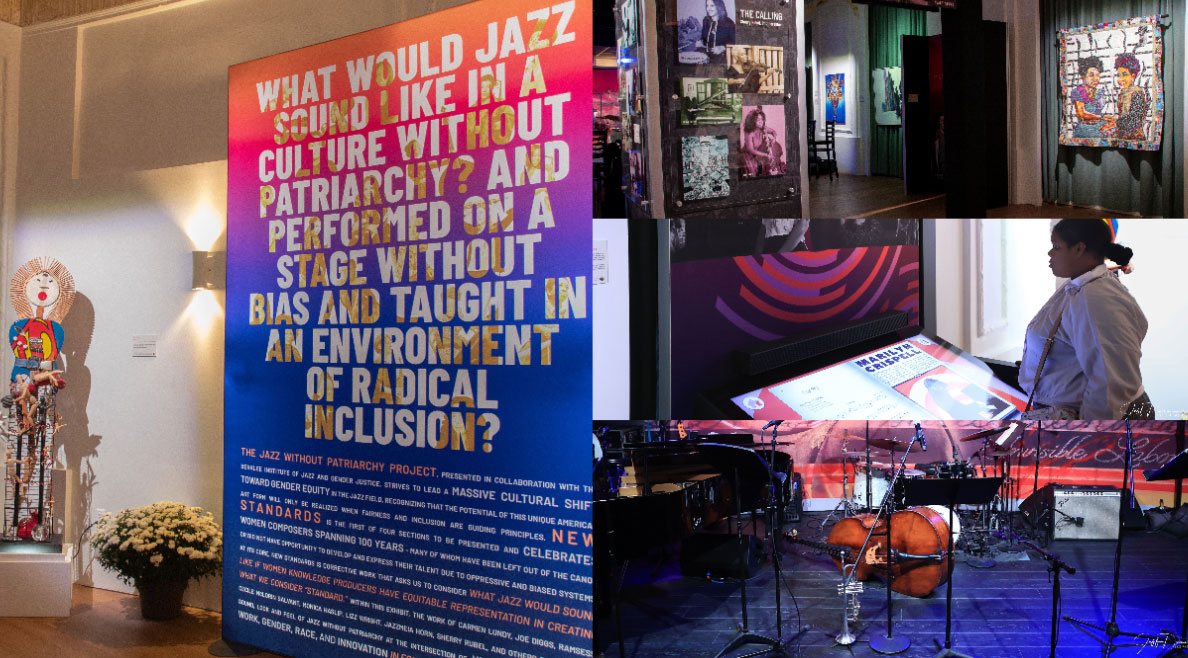
Among the individual components:
- There’s the opening of the Carr Center Performance Studio, an intimate and acoustically rewarding cabaret space-like space in a cozy renovated ballroom in the Park Shelton on Kirby, just across the street from the Detroit Institute of Arts. The space has the potential to become a major-league venue in the city for jazz, chamber music, black-box theater works, and performances of all sorts. Plus, what a feather in the cap of the Park Shelton, a classy residential building that already includes high-quality retail and restaurants but now boasts a soulful cultural presence that elevates a neighborhood that has long been central to the city’s fortunes.
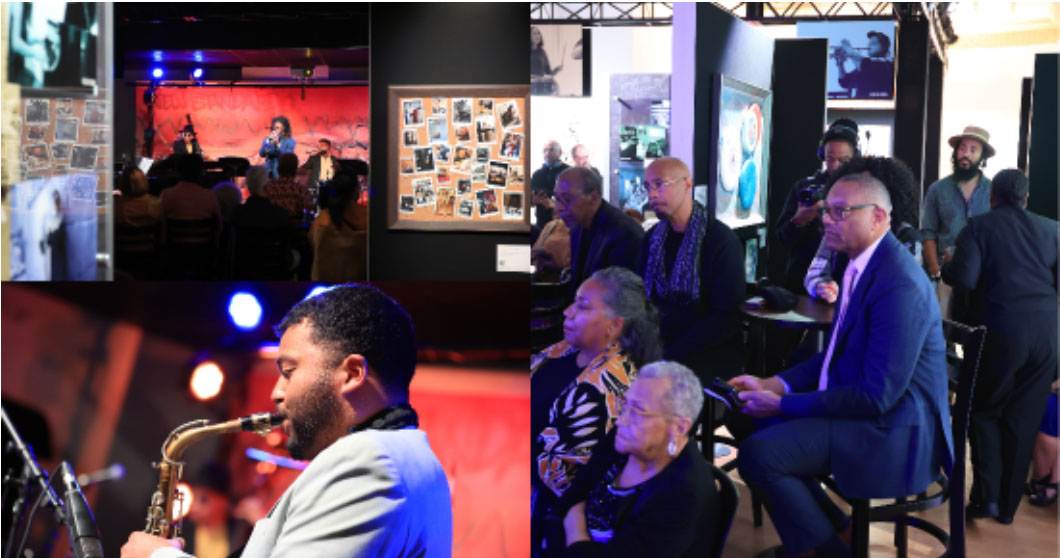
- There’s the Jazz Crawl series of concerts that found hundreds of listeners strolling between nine collaborating Midtown venues to hear a remarkable range of contemporary women performers and composers, among them bassist Linda May Han Oh, flutist Nicole Mitchell, tenor saxophonist and singer Camille Thurman, alto saxophonist Tia Fuller, singer Carmen Lundy, and a gaggle of others, including Carrington, who led a vibrant set with the Carr Center’s Gathering Orchestra. There have been 11 concerts so far, with two more to come on Friday. (The veteran avant-garde drummer Susie Ibarra and the young vocalist Daryann Dean.)
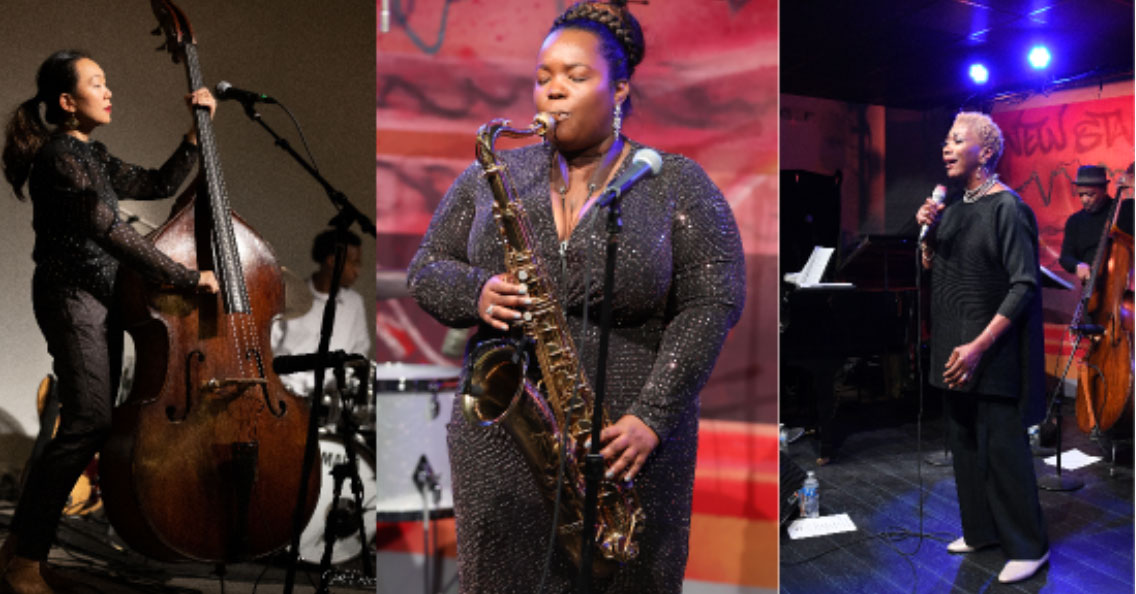
- There’s the compelling Shifting the Narrative: Jazz and Gender Justice multimedia exhibition (ongoing in the Carr Center’s new space), also curated by Carrington. My two favorite parts of the installation: a case of Mary Lou Williams artifacts, including an autograph score; and a fantastic interactive display where you can electronically flip through the lead sheets in the freshly published New Standards book of 101 compositions by women composers and hear the music as you read through the charts. Carrington conceived and curated the book, a major contribution to jazz literature and a potential game changer within jazz education — if the jazz education industrial complex is willing to listen.
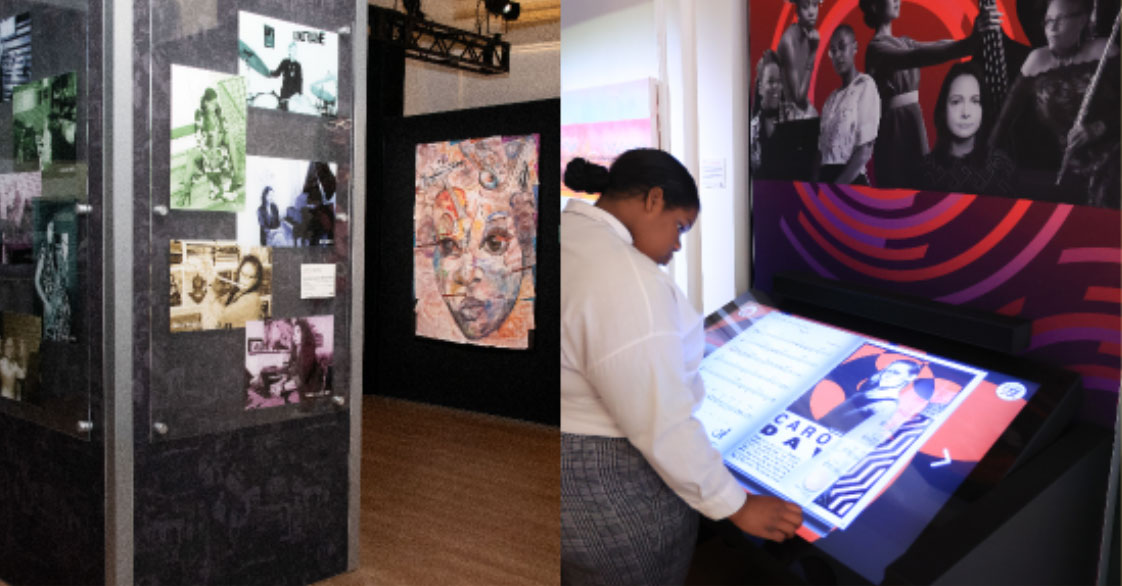
- There was a Jazz and Gender panel discussion as substantive as it was star-studded, featuring Angela Davis, Robin D.G.Kelly, Gina Dent and Carrington.
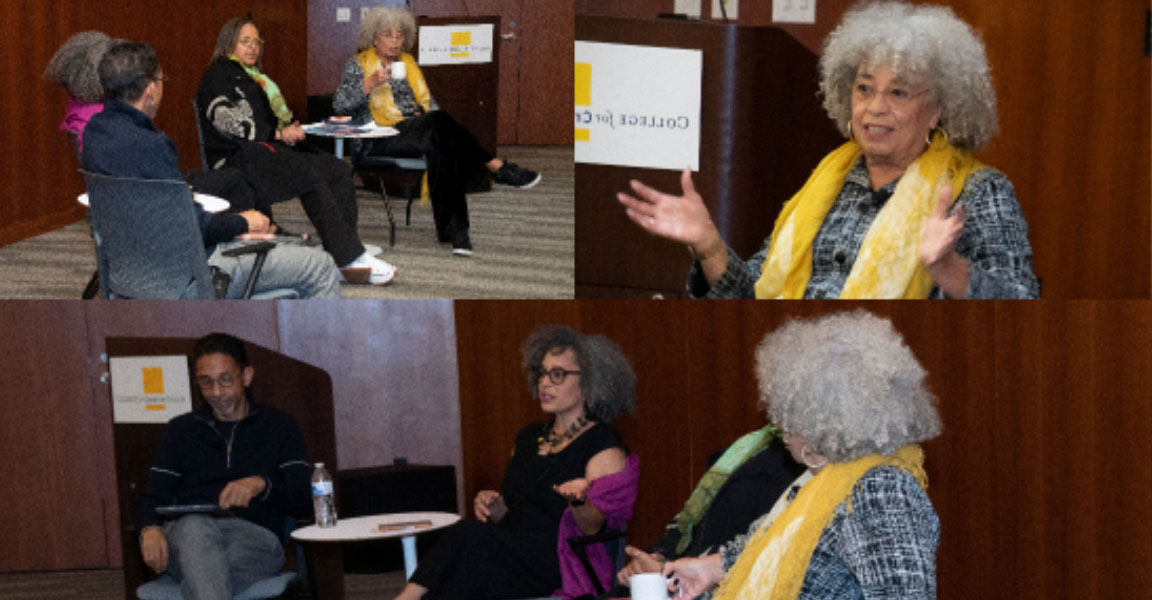
Considering all these things together, one thing I think we’re seeing is that the issue of gender equity in jazz is rising to a new level of visibility. To be sure, it’s been widely discussed in recent years, but, increasingly, it’s beginning to feel as if the future is now.
Finally, I also think we’re seeing the coming of age of the Carr Center. Entering its 30th anniversary season, the once-itinerant organization has long filled a critical niche in the city as an African American arts organization fighting the good fight on myriad fronts — jazz, visual arts, dance, arts education, etc. Carr Center programming has long punched above its weight class in terms of the quality of its artistic product and impact compared to its modest budget, board resources, and staff size. But since landing in Midtown a few years ago, the organization has steadily raised its game.

Now, full disclosure: The Carr Center is a partner in the documentary film I’m co-producing based on my book Jazz from Detroit. I am also a volunteer member of a committee involved in the organization’s strategic planning initiative. However, I also previously covered the organization for many years as an arts reporter with the Detroit Free Press, and any objective observer looking at the impact of the New Standards/Jazz Without Patriarchy project cannot fail to see that:
(a) The artistic level of the project is something any arts organization in any city would be proud to present.
(b) The Carr Center — and thus Detroit — is playing an important role in the national discussion over gender issues in jazz. This is how it should be, given that the city has historically been on the leading edge of nurturing women jazz musicians, from Terry Pollard, Dorothy Ashby, and Alice (McLeod) Coltrane in the 1950s, to Geri Allen, Marion Hayden, and Gayelynn McKinney in more recent decades, to the young bassist Endea Owens, whom you can see nightly in the studio band on The Late Show with Stephen Colbert.
(c) Of the organizations that collaborated on the Jazz Crawl — Carr Center, DIA, Detroit Symphony Orchestra, Detroit Public Library, Detroit Historical Museum, Museum of Contemporary Art Detroit, Scarab Club, Charles H. Wright Museum of African American History, Center for Creative Studies — it was the youngest, smallest and newest-to-the-neighborhood that brought them all together.
That’s the definition of leadership.
More, please.
